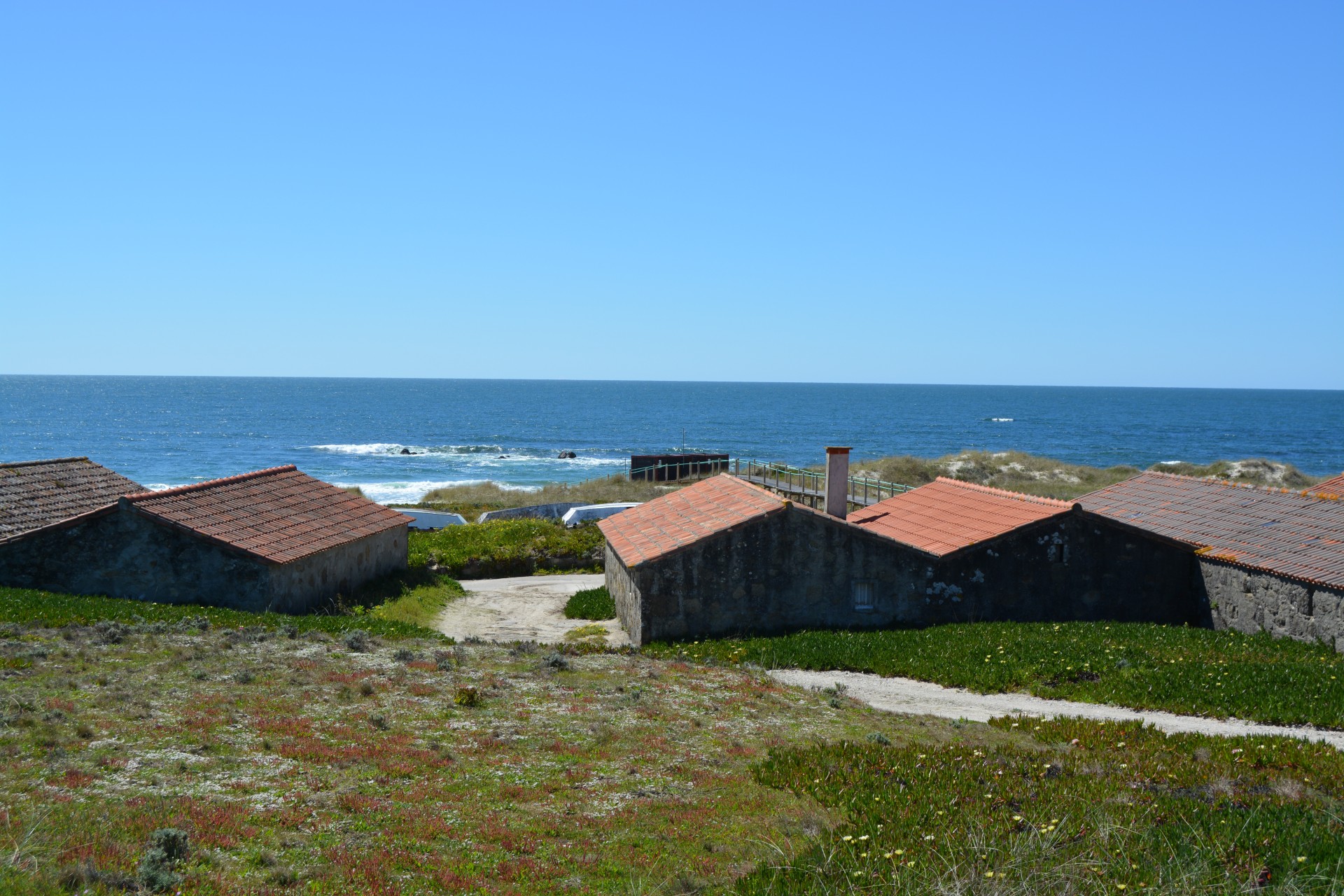Arda Dunes – Afife
Points of interest
Fishing shelters (Paçô)
Sea fishing was always an important economic activity along the coast between the Douro and Minho rivers, well documented since the Middle Ages. The Royal Inquiries of 1258 ordered by king Afonso III report the importance of taxes on fish, whether it was caught at high sea or in comboas (fishgarths), in the villages of Santa Maria de Darque, Castelo do Neiva and Átrio (Viana). The camboas, dotted along the Viana coastline in large numbers, were described by Carvalho da Costa (1706, p. 195) as “….ponds which are made with moveable walls, sort of like doors opened out to the sea; they open when the tide raises, so that the water enters as well as the fish; then close at high-tide and at low tide the water drains and only the fish are left”. The Royal charter granted to Viana do Foz do Lima by Afonso III on June 18, 1258 makes mention of commercial fishing in the area even before the country became a sovereign state and sets taxes for fish unloaded in the town.
Fishing communities would settle in sheltered areas along the coast, where they could defend themselves against the Norman and Saracen pirate raids, and they ended up putting down roots and settling along the coastline, bringing about the cultivation of cereals, mainly corn or rye, the most commonly used cereal at the time (Alberto, S. 1923).
Since the 18th century the camboas (fishgarths) in Carreço were regarded as essential devices for fishing. At the time they were considered valuable property, subject to payment of taxes. They were rarely sold and disputed among family members in times of inheritances. In the 1940s, these camboas were almost all completely demolished, and their use was considered illegal. Only a few fragmented pieces of these ancient constructions, known by many different names still remain today. They are an important part of the cultural legacy and traditional fishing heritage of the area.
In addition to high-sea fishing and the use of these camboas, other traditional fishing methods used along the Carreço coast are well documented. These included the capture of octopus between rocks in low tide, or fishing for conger eel and sea bass from the cliffs.
Descriptions from the second half of the 20th century narrate that “…octopus was caught with the aid of a bicheiro, an iron hook fixed to the end of a rod. Conger eels were also caught along the cliffs in Carreço with the aid of a torta, a fishing tool composed of a rod with a piece of thick wire at one of the ends, bent almost at a right-angle, and a fishing hook tied to it. It was possible to fish without actually going into the water with this fishing tool” (Abreu, A., 1987, p. 38; Neves, L.Q., 1972 p. 36,49,134,147). It was further mentioned that “…bass was fished with a rod and lure. The line was cast from the top of a high rock or the edge of a boat, casting the line (made of zinc coated wire) to make it glide almost at the surface of the water” (Abreu, A., 1987 p.38).
The shelters found along the beaches of Afife, Paçô and Lumiar confirm the importance of fishing for agro-martime communities, lasting well into the last quarter of the 20th century. These were used to safeguard fishing tackle and other gear used on traditional fishing vessels. All of these elements bear witness to the historical importance of this livelihood for the surrounding populations.

